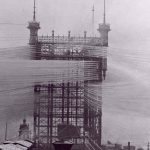A famous photograph from 1926 shows a Ferris wheel carrying individuals dressed in the white robes and pointed hoods of the Ku Klux Klan (KKK). The Ferris wheel has 12 cars, each holding three people, while five others stand below the wheel.
The photograph appears to be from a historical period when the KKK was more visible in public events, often holding parades, rallies, or gatherings in their distinctive attire.
It highlights a dark chapter of U.S. history when the KKK—a white supremacist group known for its racist ideology and violent actions—used public displays to assert their presence and beliefs. Such events were part of their efforts to intimidate marginalized communities and spread their propaganda.
Join us to learn more about this organization.
The beginning of The Ku Klux Klan
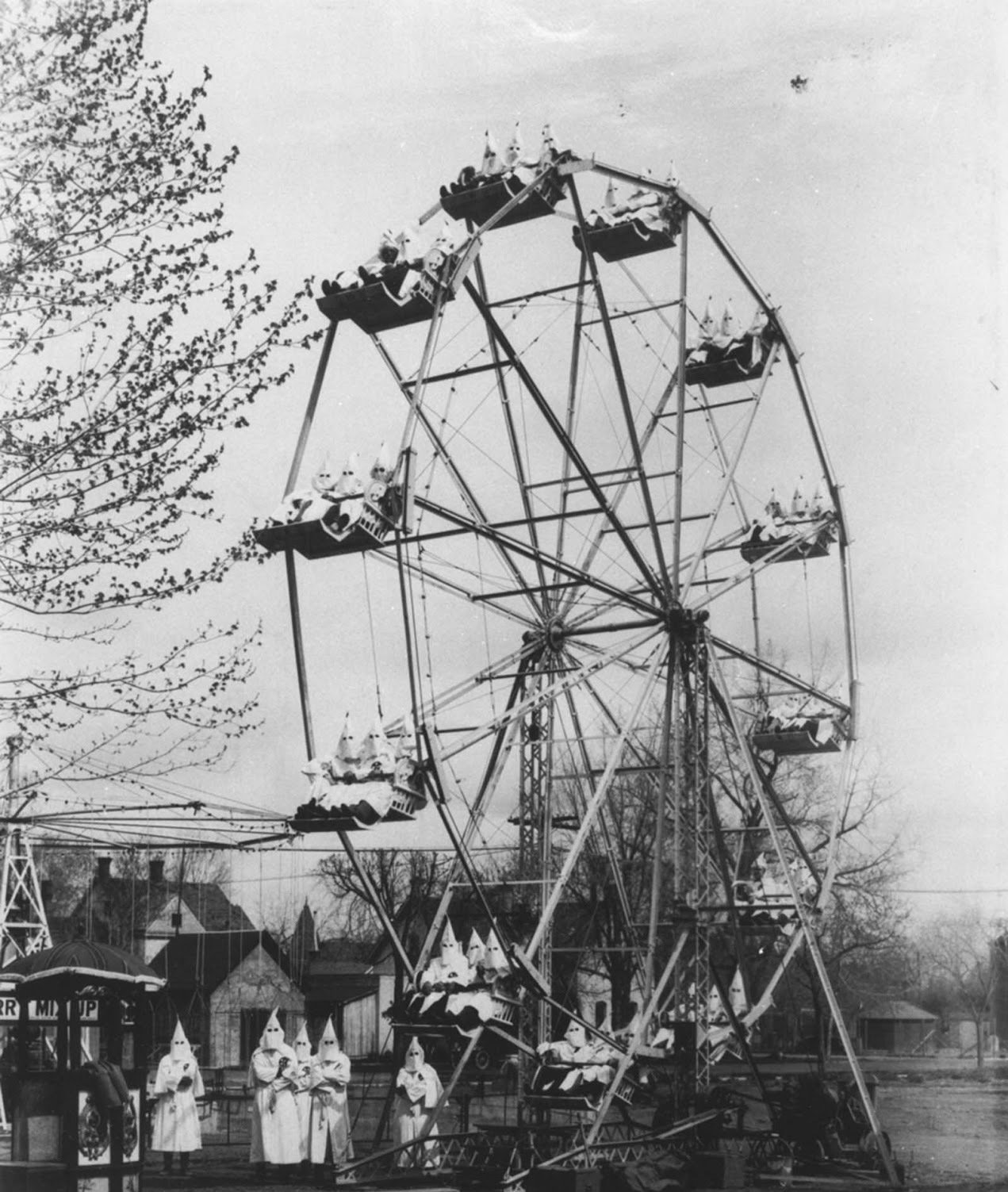
The Ku Klux Klan (KKK) began in Tennessee in 1866 as a social group. Its name likely came from the Greek word kuklos, meaning “circle,” paired with “Klan” to suggest a close-knit brotherhood.
After the Military Reconstruction Acts were passed in 1867, which allowed freed African Americans to vote, the Klan shifted into a political group aimed at opposing these changes.
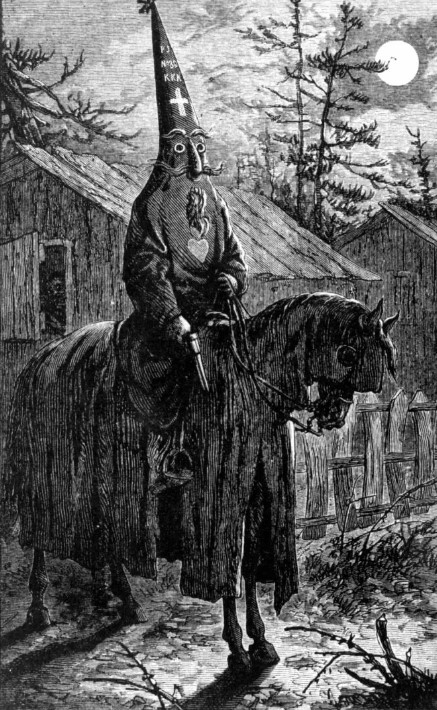
Nathan Bedford Forrest, a former Confederate general, likely served as the Klan’s first Grand Wizard, playing a major role in its early expansion during 1868.
In Georgia, conservative whites, struggling politically in 1867, turned to the KKK and related groups like the Young Men’s Democratic Clubs as a way to regain power and suppress newly enfranchised freedmen.
General Forrest visited Atlanta multiple times in early 1868 to meet with Georgia leaders. He is believed to have helped set up a statewide Klan network during these visits. By the summer of that year, the Klan had spread across Georgia, becoming a prominent and troubling force in the region.
How KKK operated
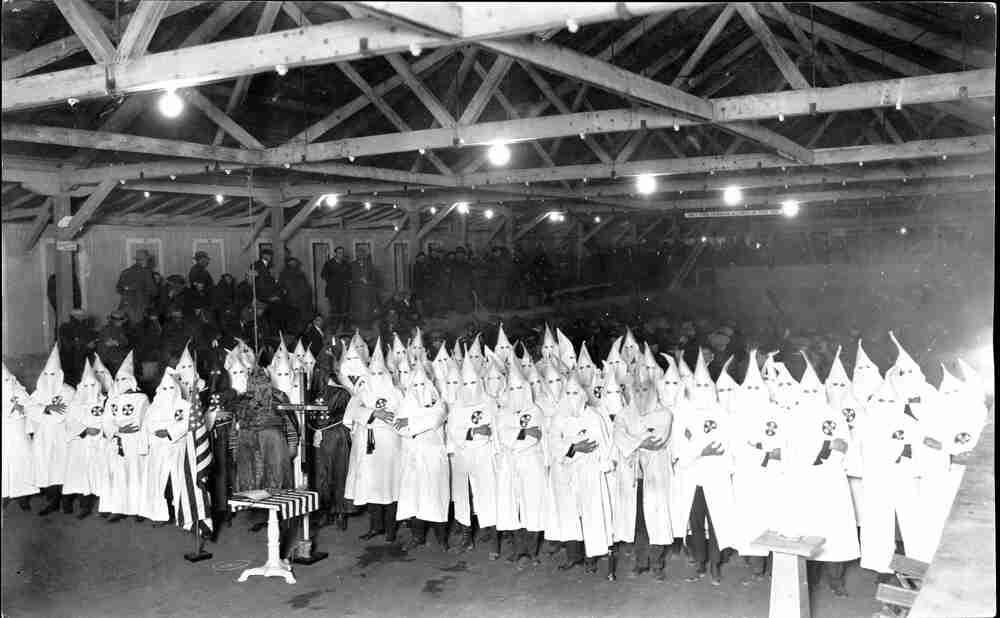
The Ku Klux Klan (KKK) was a loosely organized group without much structure beyond the local level. Its leadership was mostly symbolic and didn’t have much real control. The Klan’s violence began on March 31, 1868, and quickly spread through Georgia’s Black Belt and to the northwest of the state.
Their main goal was to scare Black voters and white Republicans. Klansmen would ride on horseback at night, dressed in strange costumes, or threaten Republican leaders. By mid-1868, their actions had turned violent, including whipping Black women and assassinating Republican leaders.
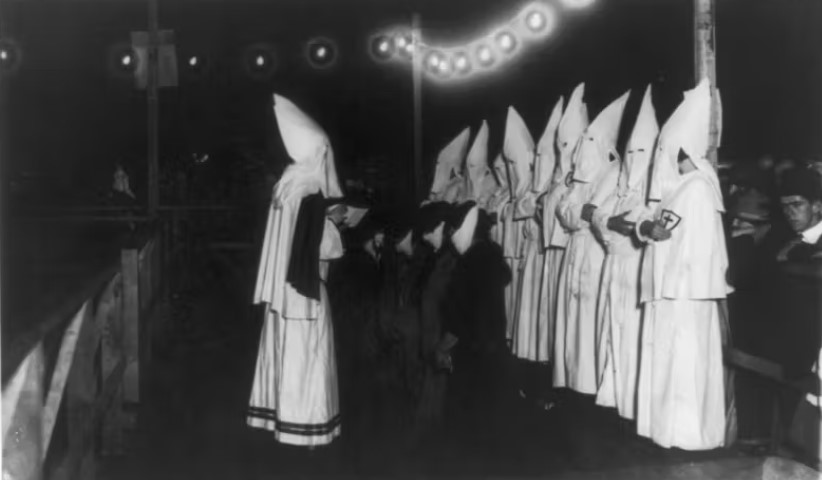
It’s hard to separate random local violence from organized Klan attacks, but the numbers show how bad it was. Freedmen’s Bureau agents reported 336 murders or attempted murders of freedmen in Georgia between January 1 and November 15, 1868. These attacks were a mix of racial hatred and political terrorism, showing just how dangerous that time was.
The Ku Klux Klan’s political terrorism had a profound impact. Although Republican Rufus Bullock won Georgia’s gubernatorial race in April 1868, by November, intimidation by armed Klansmen drastically reduced Republican votes.
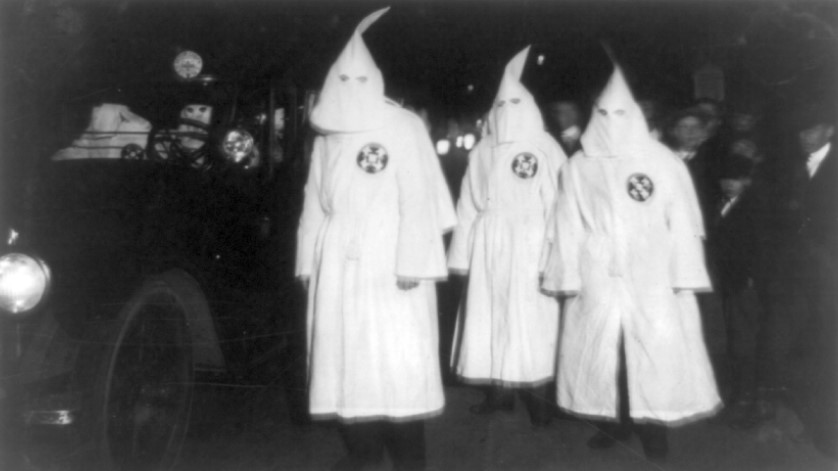
For example, in Oglethorpe County, Republican votes dropped from 1,144 in April to 116 in November, and in Columbia County, only one Republican vote was cast compared to 1,222 earlier. This violent suppression helped the state quickly return to conservative Democratic control by 1871.
The Klan also targeted Black social institutions, burning churches, destroying schools, and attacking teachers. Despite this, Black communities resisted, rebuilding and defending their independence gained after emancipation.

